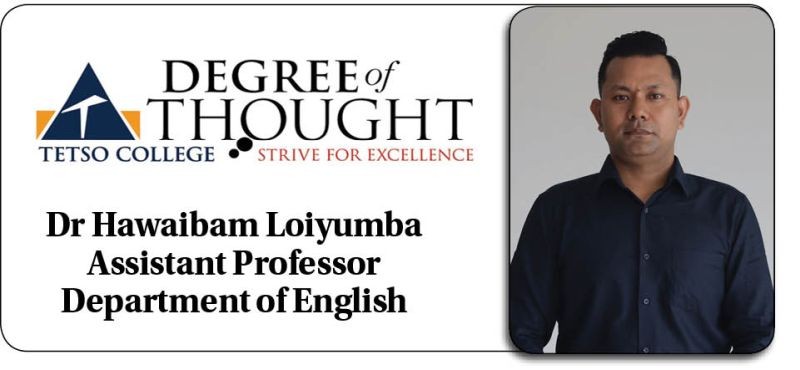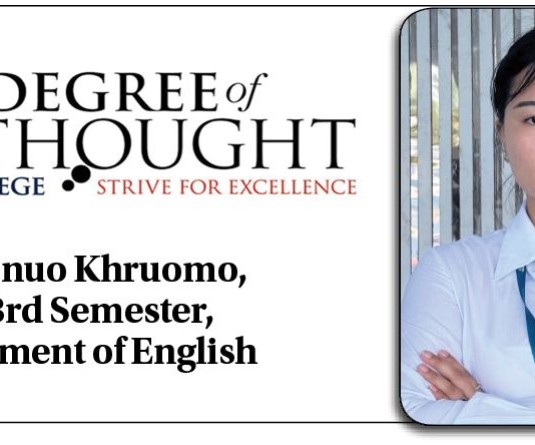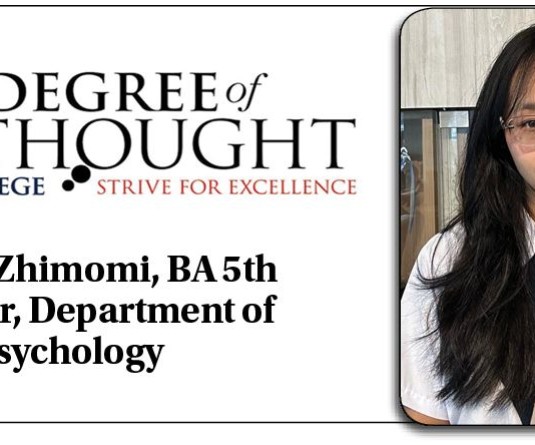
Civilisations articulate their distinct identity through a complex matrix of cultural markers, including linguistic patterns, customary practices, sartorial choices, culinary traditions, and religious beliefs. The Meitei civilisation of Manipur, Northeast India, manifests this principle. Among its diverse cultural expressions, one dish—Singju—emerges as particularly significant.
Superficially characterised as a salad composed of seasonal herbs, roots, vegetables, spices, and Ngari (fermented fish), Singju represents, for the Meitei people, a far more profound entity. It is an artefact of indigenous heritage, a central religious offering, and a dynamic expression of communal identity.
Singju in Rites of Passage: The Sanctification of Life Cycles - The immense cultural and religious significance of Singju is markedly visible in the earliest rites of passage. The Epan Thaba ceremony, conducted on the sixth day following a child’s birth, formalises this connection. During this ritual, rice and Singju are prepared as sacred offerings (naivedya). These are dedicated to protective deities (Umang Lais) and unseen spirits believed to inhabit the vicinity of the newborn. This practice functions as a propitiatory act, through which the family solicits divine blessings for the child’s health and future prosperity while simultaneously appeasing potential maleficent forces.
The preparation of Singju in a traditional bamboo container (Yangkok) further highlights its sacred status. Consequently, Singju operates as a ritual medium, facilitating a connection between the newborn, their divine guardians, and the ancestral spirit world. This ritual practice affirms the fundamental Meitei cultural principle that food is intrinsically linked to faith and spiritual well-being from the very inception of life.
Communal Rituals: Singju as a Mechanism for Protection and Social Cohesion The utility of Singju extends beyond domestic life-cycle ceremonies into wider communal rituals. One prominent example is Lamta Saroi Khangba, a locality-based ceremony performed during the month of Lamta (March–April). In this context, Singju is prepared collectively and offered to ward off evil influences and restore cosmic and social harmony within the community. The dish thus becomes a potent symbol of both spiritual protection and social unity. Its collective preparation transforms the act of cooking into a communal performance of faith, reinforcing social bonds and collective identity.
These traditions demonstrate that Singju is not confined to the private, domestic sphere but is deeply rooted in the collective religious and social rhythms of the Meitei people. Each communal gathering reaffirms its role as more than sustenance; it functions as a spiritual safeguard and a tangible marker of communal belonging.
Theological Foundations: Singju within the Sanamahi Religious Framework - The indigenous faith of the Meiteis, Sanamahism, maintains an intimate and constitutive relationship with Singju. Numerous religious ceremonies and healing rituals incorporate the dish as a requisite offering. For instance, during Laithou Touba (a healing ritual), Singju is prepared to appease spirits believed to be the causative agents of illness or misfortune. The ritual specialist, an Amaiba (priest) or Amaibi (priestess), intercedes with the deities, while the afflicted individual—often considered to be under the influence of a spirit—seeks alleviation through divine blessing.
A critical aspect of this ritual involves the priestly consultation to ascertain the spirit’s preferred dish. Frequently, the requested offering is Heibi Mana Singju, prepared with the leaves of the Heibi plant. While negotiations for alternative offerings may occur, Singju remains the most prevalent request due to its simplicity, accessibility, and profound cultural significance. Thus, within Sanamahist practice, Singju operates as a dialectical instrument—a medium of dialogue between the human and the divine—that reaffirms the religion’s intrinsic connection between food, faith, and healing.
Botanical and Culinary Diversity: Heibi and the Ecology of Singju - The Heibi plant (Persicaria perfoliata) is highly valued for its dual culinary and medicinal properties, making it a key ingredient in specific ritual forms of Singju. Its leaves impart a sharp, aromatic quality and are believed to aid digestion and promote general well-being, thereby transforming Singju into a syncretic entity that is both nourishment and medicine.
Culinarily, Singju exhibits significant diversity, with countless varieties reflecting seasonal availability, local ecology, and community preferences. Prominent variations include Thambou Singju (featuring lotus root), and those incorporating Komprek, Lafu Tharo, Awa Thabi, Kobi Ful, Hawai Maton, and the widely cherished Yongchak Singju (made from the stink bean, Parkia speciosa). The indispensable element unifying all variants is Ngari, a fermented fish paste uniquely prepared by the Meitei, which provides Singju its distinctive umami flavour profile. Through this diversity, Singju demonstrates the Meitei genius for synthesising gastronomy with local ecology, holistic health, and cultural memory.
Contemporary Challenges: Commercialisation and Cultural Dilution - Like many indigenous traditions, the practice of preparing and consuming Singju faces significant pressures from modernisation and commercialisation. The recent proliferation of Mimi Singju—a packaged commercial variant that substitutes traditional vegetables with instant noodles—is a prime example of this challenge. While offering convenience, such products effectively strip the dish of its ritual and cultural signification.
Furthermore, the emergence of hybridised versions—such as Singju sandwiches, wraps, and non-vegetarian interpretations incorporating chicken or pork—though gaining popularity, risks diluting the sacred ontology of the original dish. This process of "culinary fusion" recontextualises Singju from a communal, religious food to a casual, secularised snack. For the Meitei, this trend represents a form of cultural invasion that threatens to erode the identity embedded within their indigenous cuisine.
Preservation: Safeguarding an Indigenous Heritage - Notwithstanding these challenges, the enduring nature of Singju is predicated on its fundamental integration within Meitei culture. Its continued use in birth ceremonies, community rituals, and Sanamahist worship ensures its survival as more than mere sustenance. However, active preservation efforts are requisite. These include the ethnographic documentation of traditional recipes, the promotion of authentic preparation methods, and the strategic presentation of Singju at cultural festivals, exhibitions, and within tourism platforms.
Therefore, Singju is more than a salad; it is a sacred vessel of Meitei heritage, symbolising faith, identity, and communal harmony. Its authentic preparation, sharing, and ritual offering sustain Sanamahist cosmology and cultural resilience. Preserving Singju today is not merely culinary but a vital act of safeguarding a unique worldview and way of life.
Degree of Thought is a weekly community column initiated by Tetso College in partnership with The Morung Express. Degree of Thought will delve into the social, cultural, political and educational issues around us. The views expressed here do not reflect the opinion of the institution. Tetso College is a NAAC Accredited UGC recognised Commerce and Arts College. The editorial team includes Chubamenla, Asst. Professor Dept. of English and Rinsit Sareo, Asst. Manager, IT, Media & Communications. For feedback or comments please email: dot@tetsocollege.org






